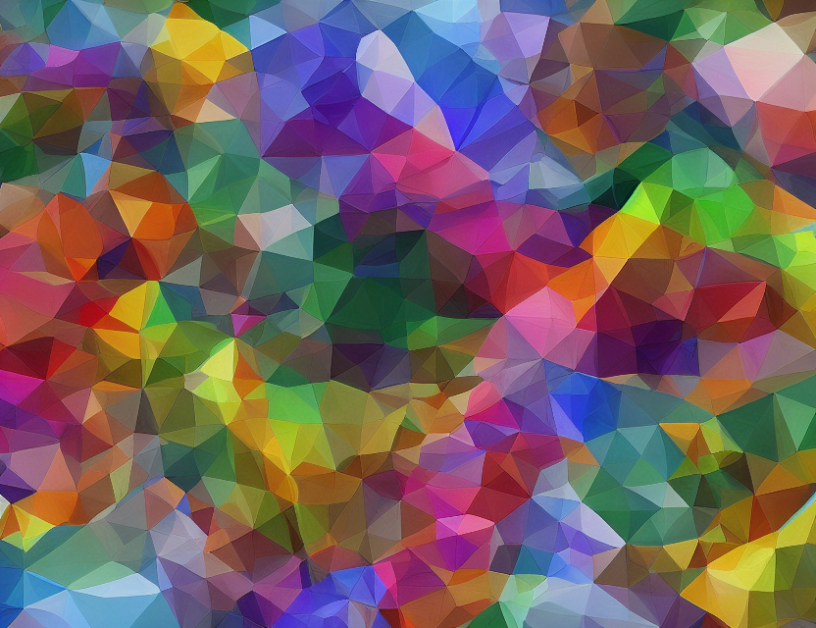In this article, we explore the use of deep learning techniques for image processing tasks such as denoising, deblurring, and super-resolution. We examine the concept of regularization by denoising (RED), which involves adding noise to an image during training to improve its quality. We also discuss the rise of score-based generative modeling, which uses iterative denoising techniques to produce high-quality images.
To understand how these techniques work, let’s use an analogy: imagine you have a noisy photograph that needs to be cleaned up. You could try using different types of filters to remove the noise, but these filters might also remove important details in the image. Instead, you could use a deep learning model that learns to remove noise while preserving the details. This is similar to using a special kind of filter called a "regulator" that helps the model learn how to clean up the image without damaging it.
One common approach to image processing is to use a technique called "Gaussian denoising," which involves subtracting the average noise from each pixel in an image. This can help reduce the amount of noise, but it might also remove some details in the image. Another approach is to use a technique called "deep unfolding," which involves using multiple layers of deep learning models to progressively refine an image. This can produce high-quality images, but it can also be computationally expensive.
To compare these techniques, we used several tests to evaluate their performance. For example, we might show an image with a certain amount of noise and ask which technique can produce the cleanest version of the image. We might also test how well each technique works for different types of images, such as those with blur or those with a low resolution.
Overall, our results suggest that using deep learning techniques for image processing can be very effective. For example, we found that regularization by denoising (RED) and score-based generative modeling (DDMs) can produce high-quality images with fewer artifacts than other approaches. However, these techniques do require a lot of computational power and memory, so they might not be suitable for all applications.
In summary, this article explores the use of deep learning techniques for image processing tasks such as denoising, deblurring, and super-resolution. We examine the concept of regularization by denoising (RED) and the rise of score-based generative modeling (DDMs), and we compare their performance using several tests. Our results suggest that these techniques can produce high-quality images, but they do require a lot of computational power and memory.
Electrical Engineering and Systems Science, Image and Video Processing
Deep Image Synthesis: A Survey of Efficient and Robust Methods



